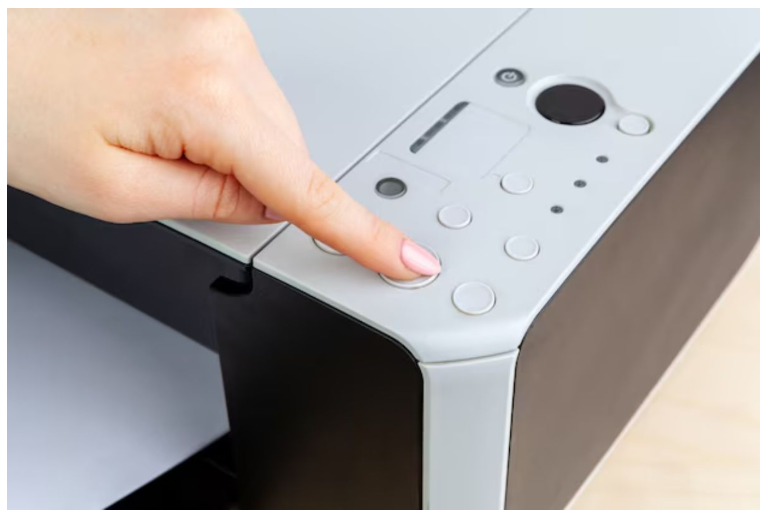Printers are indispensable tools, whether you’re working from home or managing a bustling office. They help streamline tasks like printing reports, creating presentations, and even crafting personal projects. However, as crucial as they are, printers often come with their own set of challenges, especially during setup. A smooth setup process is critical to avoid unnecessary downtime and frustration, but printer setup issues are all too common.
This guide highlights some of the most frequent problems users face during printer setup and offers practical tips to resolve them. We’ll also explore when it’s time to step back and let a professional take over.
Common Printer Setup Challenges and Their Solutions
1. Connection Woes: The Printer Won’t Connect
Connectivity issues top the list of printer setup challenges. Whether it’s a wireless model refusing to pair with the network or a wired printer not being detected, the frustration is universal.
Fix It:
- For Wireless Printers: Ensure your printer is connected to the correct Wi-Fi network. Check for signal strength and avoid networks with heavy traffic. If issues persist, reset the printer’s network settings and reconnect.
- For Wired Printers: Ensure the cable is securely connected to both the printer and the computer. Switch to another USB port or cable if the connection is still not established.
- Universal Tip: Restart your printer, router, and computer. A simple reboot can often resolve temporary glitches.
2. Installation Errors: Trouble with Printer Drivers
Printer drivers act as the bridge between your device and the printer. Without the right drivers, your printer simply won’t function as expected.
Fix It:
- Download the latest driver software directly from the manufacturer’s website. Ensure compatibility with your operating system (e.g., Windows, macOS).
- Remove outdated or conflicting drivers before installing new ones to avoid software clashes.
- For plug-and-play printers, let your operating system auto-detect the drivers and complete the setup.
3. Paper Jams and Loading Issues
A persistent paper jam during the initial setup can feel like an unwelcome roadblock. It’s often caused by incorrectly loaded paper or minor mechanical issues.
Fix It:
- Ensure the paper is aligned correctly in the tray, with no overloading.
- Check for tiny pieces of paper or debris inside the printer that might be causing the jam.
- Refer to your printer’s manual for step-by-step guidance on clearing jams without damaging internal components.
4. Quality Concerns: Poor Print Results After Setup
After going through the trouble of setting up a printer, discovering streaky or faded prints can be disheartening.
Fix It:
- Double-check that the ink or toner cartridges are properly installed and filled.
- Use the printer’s built-in cleaning tools to clear clogged print heads.
- Always use high-quality paper and the recommended ink/toner for your specific printer model.
5. Error Codes: Cryptic Messages During Setup
Printers often display error messages or codes, which can feel overwhelming if you don’t know what they mean.
Fix It:
- Consult the printer’s user manual or search for the error code on the manufacturer’s website for specific solutions.
- Reset the printer and attempt the setup again.
- If the issue persists, professional troubleshooting may be required.
Preventive Tips for Hassle-Free Printer Setup
A little preparation goes a long way in preventing printer setup issues. Follow these best practices to keep your printer running smoothly:
- Keep Software Updated: Regularly update printer drivers and firmware to stay ahead of compatibility issues.
- Maintain Cleanliness: Dust and debris can cause mechanical failures. Clean the printer regularly, especially in high-usage environments.
- Use Genuine Supplies: Use manufacturer-recommended ink, toner, and paper to avoid unnecessary wear and tear.
- Read the Manual: Skim the user guide provided with your printer. It often contains setup shortcuts and troubleshooting advice tailored to your model.
When to Seek Professional Support
While many printer problems can be resolved independently, some issues require expert attention.
Signs You Need Professional Help:
- Frequent Paper Jams: Persistent jamming might indicate worn rollers or alignment issues.
- Hardware Failures: Broken components like trays, buttons, or screens are best repaired by a technician.
- Software Glitches: If drivers fail to install or the printer becomes unresponsive, deeper software problems might be at play.
Why Professionals Make a Difference:
- They bring experience to quickly diagnose and resolve even the trickiest issues.
- Professional repairs are cost-effective, often saving you the expense of replacing the printer entirely.
- Regular maintenance by an expert can significantly extend your printer’s lifespan.
Conclusion
Setting up a printer shouldn’t feel like an insurmountable task, but challenges are inevitable. With the tips provided here, you can tackle printer setup issues head-on and keep your device running efficiently. However, if troubleshooting doesn’t resolve the problem, don’t hesitate to seek professional support.
At Printer Tales, we specialize in resolving all kinds of printer issues—from setup to repair. Let our experts handle the technical details so you can focus on your work. Visit us today for reliable, stress-free printer solutions!
For more information on the issue you can contact: Printer Not Working

